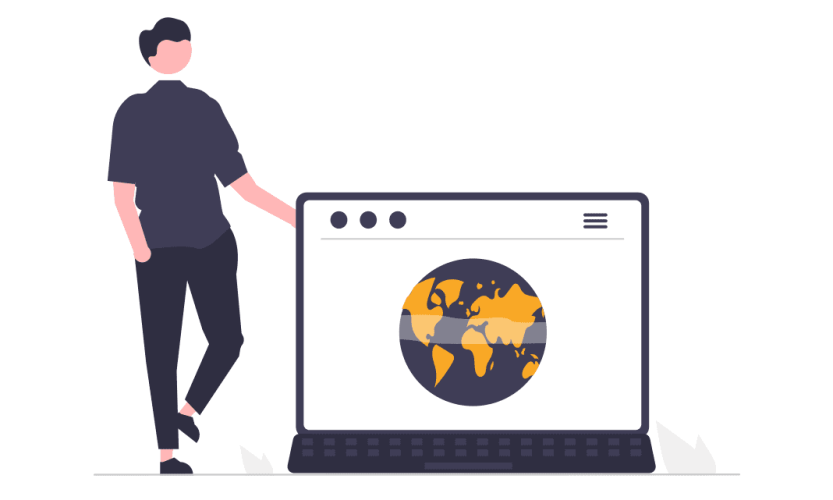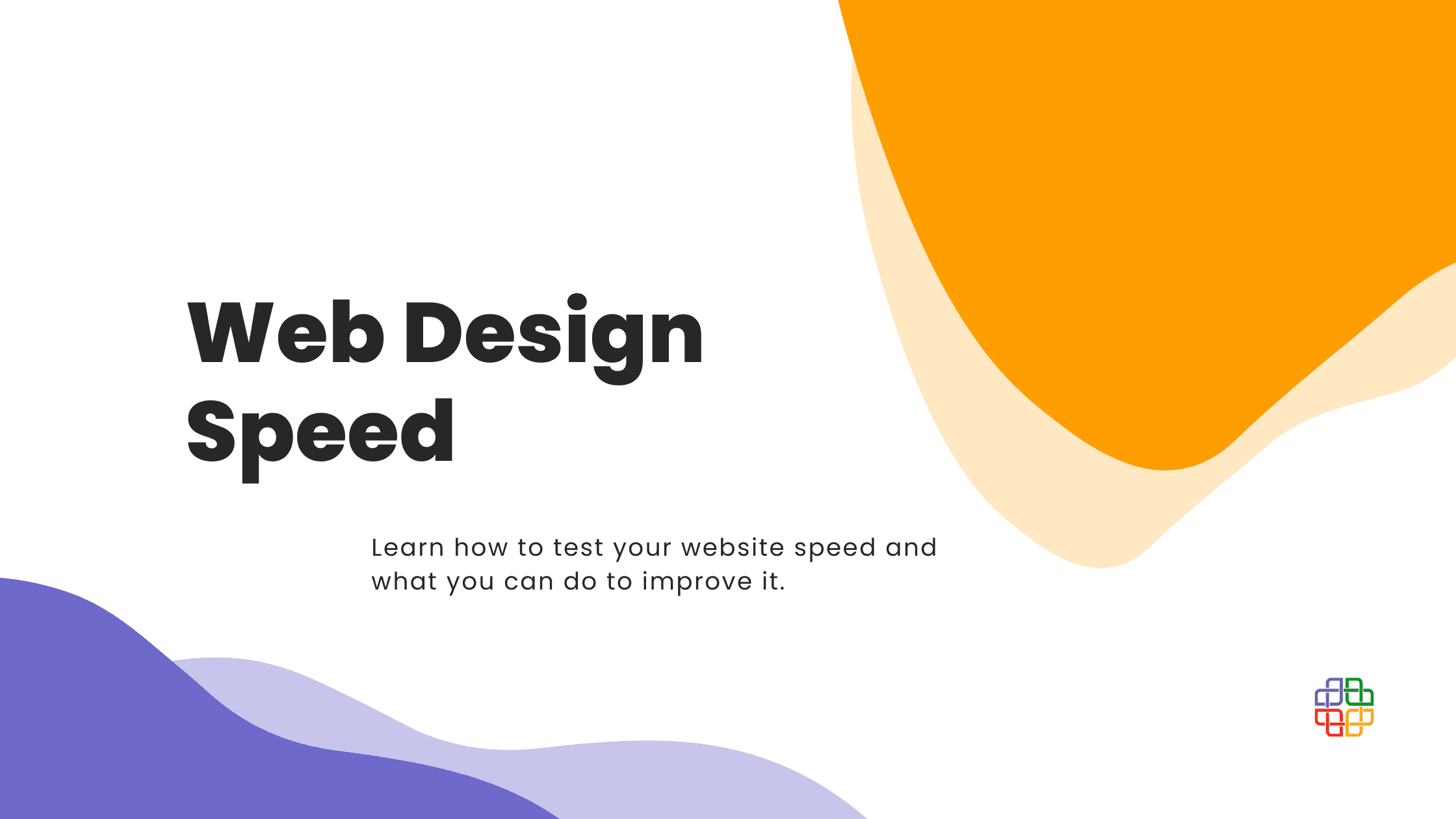War, famine, immigration crisis, earthquakes, there are all kinds of natural and man-made disasters in this world. They happen all the time, each day and each minute, even now, at this moment, as I’m writing this article, and at the moment you’ll be reading it, there undoubtedly is and will be someone somewhere in a desperate need of help. In this case we would like to share, how we helped refugees.
In the modern world we’re so used to seeing tragedy, to hearing about tragedy, to ignoring tragedy. “You can’t save the whole world”, they say. And maybe they’re right.
But what we can do is to try.
The world has been filled with tragedies since the dawn of time. It didn’t change. But what did change is our capability to help people from around the world, no matter how far they live. Sharing our knowledge and skills with those, who are in need, is our mission. Using modern technology and creative solutions, we’re able to really change the world. Even if every change is as small as a one step in a journey through a big, vast desert.
In this article we present four projects that SolDevelo realized with our partner, International Rescue Committee (IRC). We invite you to read and watch our small steps and their big impact.
International Rescue Committee (IRC)
A few words of introduction about our client
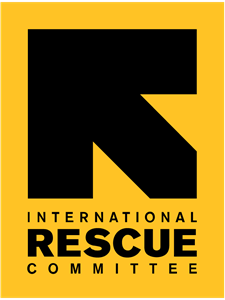
International Rescue Committee (IRC) is a global humanitarian aid, relief, and development non-governmental organization. Founded in 1933 at the request of Albert Einstein, the IRC offers emergency aid and long-term assistance to refugees and those displaced by war, persecution, or natural disaster. The IRC is currently working in over 40 countries and 22 U.S. cities where it resettles refugees and helps them become self-sufficient. The President of the International Rescue Committee is the former U.K. Member of Parliament, David Miliband. Consisting of first responders, humanitarian relief workers, international development experts, healthcare providers, and educators, the IRC has assisted millions of people around the world since its founding in 1933. SolDevelo is involved in many IRC projects.
In the next sections we’ll introduce you to four projects we successfully completed for IRC.
Step one: IRC Lebanon – Lebanon Information Management System
The main goal was to help refugees coming to Lebanon in a faster and more efficient way. For this reason, IRC Lebanon was interested in an internal system that would make it easier to manage refugees coming from different countries (mainly from Syria).
A few requirements had to be met:
- The system had to provide features for registering beneficiaries for different types of services, for example Cash for Work, Apprenticeship, Vocational Trainings and more.
- The application also had to provide efficient features for tracing beneficiaries and reliable identification of statistical data.
- Another requirement was to enable an easy way of counting beneficiaries and conducting monitoring surveys that would allow IRC to make the right decisions about the development of programs and services provided to achieve the best results.
- There was a need for a job-matching feature that would match registered employers with employee candidates, while satisfying former requirements.
- Additionally, the system had to be lightweight in order to work with a poor Internet connection.
And this is how we solved the problem:
Team implemented the tool per client’s requirements. Throughout the project, there were up to 8 people involved. System included about 20 surveys with a huge number of questions. The system was adjusted to work both on desktops and mobile devices flawlessly. We also integrated our system with the ONA System (data capture application). It was necessary to implement a QR code scanner to simplify end users’ work. The system satisfied all requirements that were introduced by the client.
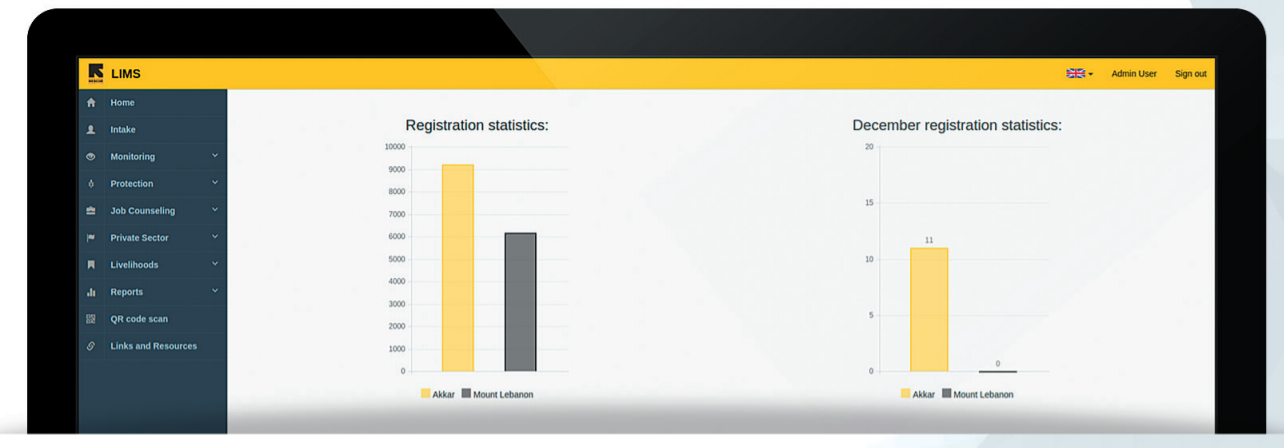
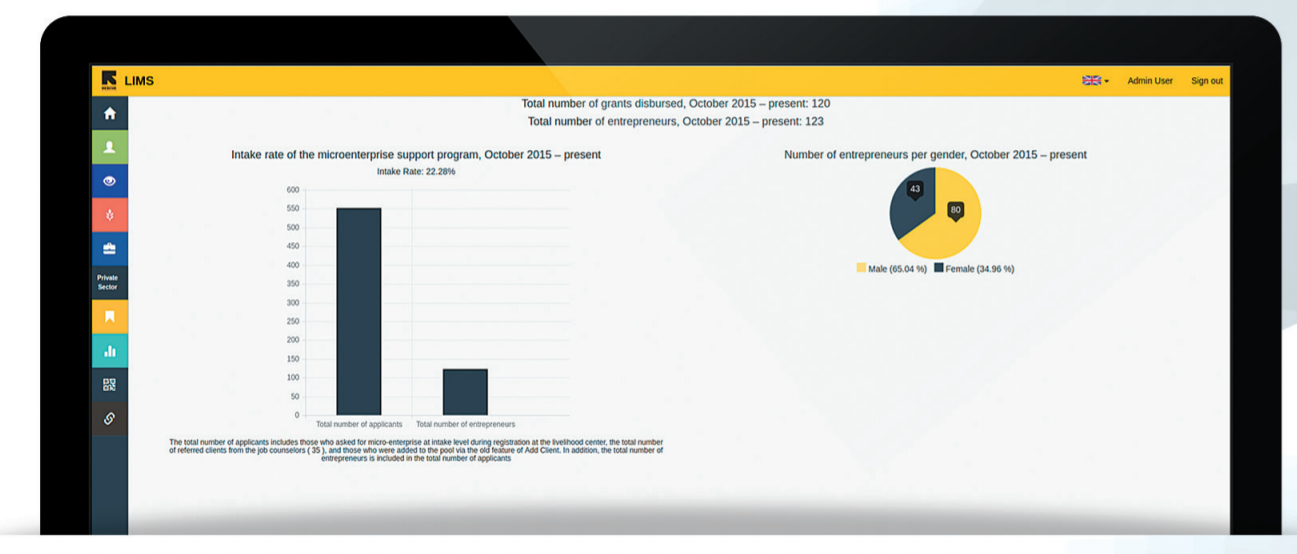
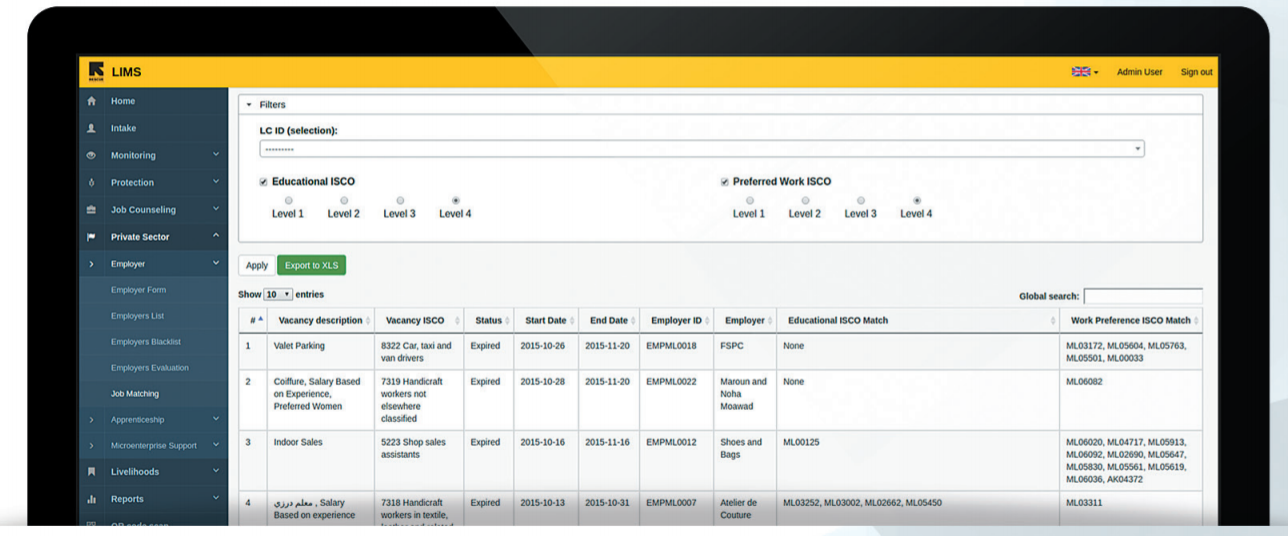
The outcome
System is used in the IRC Lebanon department in two Livelihood Centers. There are several dozens of end users that are working on LIMS everyday. Our system helps them with beneficiary management, services providing and job-matching. LIMS is helping beneficiaries in tough situations.
Being a refugee and having to build a whole new life in a foreign country is certainly a difficult experience. We’re hoping that our effort to create new tools designed to fulfill the needs of IRC beneficiaries made a small, but positive change in this world.
Technologies used:
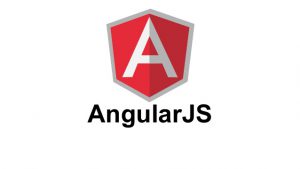
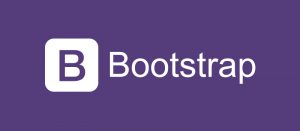


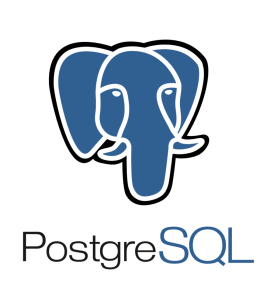


Step two: Spreadsheet Connector for data aggregation and precalculation
What is needed in order to help people in difficult situations is, among other things, time. Without our precious time and effort, there is no help for others. IRC field workers are using their time on helping people while taking part in emergency programs. Such programs result in huge amounts of data being collected. It then needs to be aggregated and precalculated. Who can take care of it? Who has time for it?
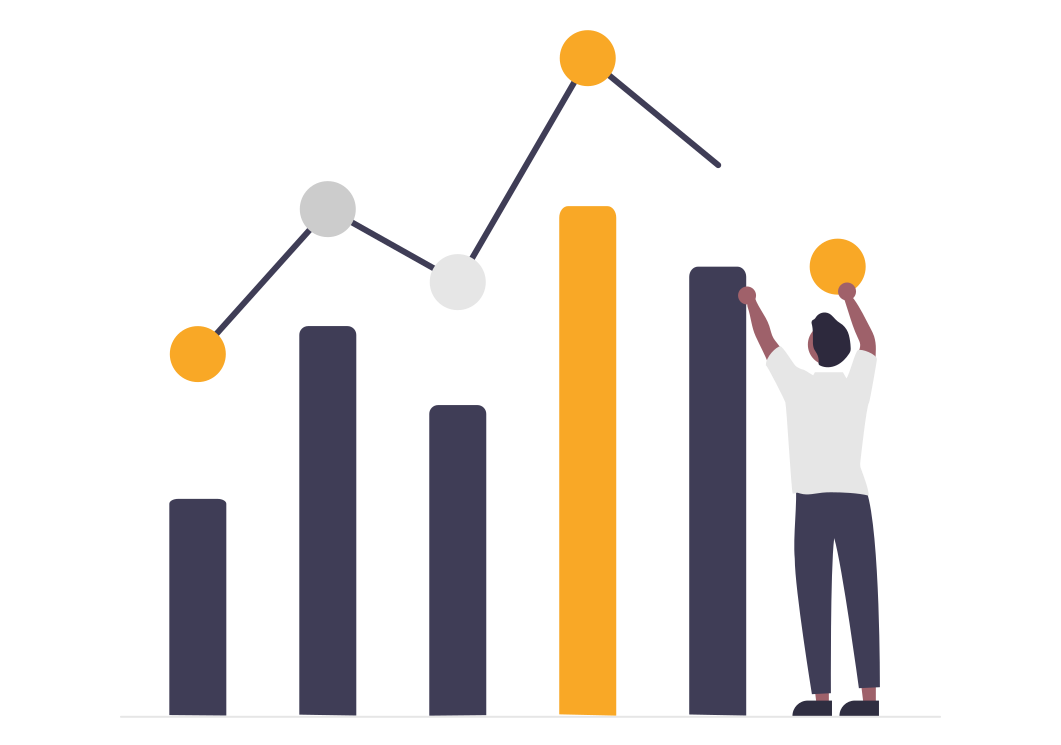
We do.
Using our time and effort, we did our best to help IRC with the data management. Thanks to our skills and ideas we could save other people’s effort, which may now be used for more crucial tasks on a journey of helping others.
What was needed
Our task was to create a tool that would help in managing the data. It was supposed to replace the usage of Microsoft Excel, as well as multiple redundant manual operations necessary for the achievement of such a result. The Spreadsheet Connector Project started as a proof of concept. Then, it was evaluated and accepted by the IRC management to be developed into a fully functional tool.
What we’ve created
The team implemented the Django web application in accordance with the client’s requirements. We also added multiple ideas of our own to the product.
The main feature is the ‘wizard’ application which enables one to create a connector based on the uploaded Excel spreadsheet. Connector acts as a middle-man between ‘raw’ data and calculated data sent to DHIS2. The connector defines the calculation and transformation processing of ‘raw’ data to match data structure in DHIS2. End users are able to use hundreds of calculation combinations and leverage the Python programming language to define complex formulas.
We were also responsible for the creation of a simple Open Web App which serves as a plug-in for the DHIS2 platform. Numerous other features were developed, such as the browsing of import history, connector export and import or cloning the connector definition and external authentication into the DHIS2 user base.
How it helped
The application was deployed in multiple IRC systems. It is used in various countries, e.g. in Nigeria or Greece. For instance, in Greece, field workers gather data concerning conditions and the number of people, as well as many other different factors in refugee camps. Then, the monitoring officer calculates and transforms such ‘raw’ data with the use of Spreadsheet Connector, depending on reporting requirements. At the end of the process, the results are uploaded into DHIS2/COMET. On the basis of these statistics, important conclusions and decisions can be made by the management in order to influence conditions in camps.
IRC considered this program to be very important and they appreciated our solution. It saves a lot of time, which would otherwise be spent on manual work.
Technologies used:
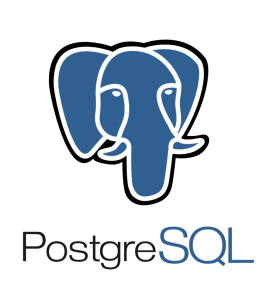
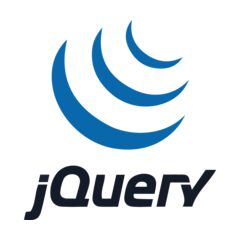
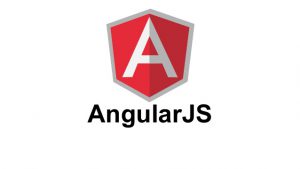

Step three: Information portal about emergencies and crisis situations that occur in the world
This project was focused on making necessary adjustments to an existing portal used by IRC.
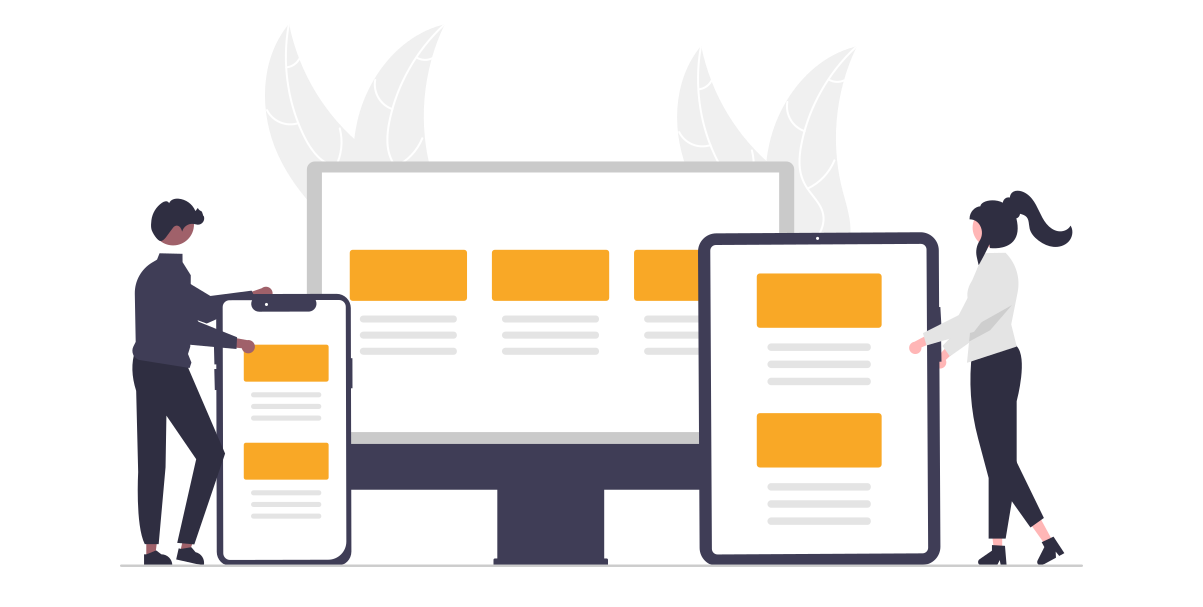
The said portal is called Classification. It’s a platform designed to share information about emergencies and crisis situations that occur in the world, such as immigration crisis, famine, war, etc. This information is then processed by an algorithm that ranks the emergency and suggests what stance should the IRC take on that emergency. The decision is based on the severity of a given emergency and the IRC presence in the region, as well as some other factors, such as the presence of other humanitarian aid organizations.
IRC classifiers then make the decision on what the actual response should be. They can use the suggestion of the system, but the decision is theirs in the end. The portal shows a map view of the planet, where emergencies are associated with countries. These countries are colored on the map based on the IRC stance. Users first create a worksheet of the emergency, by entering all relevant data, then the emergency is visible to all other visitors of the portal as a scorecard, where the recommended and taken actions and decisions are shown. Reporting of emergencies in XLS format is also possible.
When we took over, the Classification system was already built by IRC. The system allowed users to create emergencies and track them on the map view. An algorithm was implemented in order to suggest an approach to the IRC decision maker, however it was still in their power to override the stance suggested by the system.
Our task
Our task was to do multiple changes to the interface, making it more user friendly and well-maintained. We were also requested to implement email notifications that would alert decision makers whenever an emergency is created in the system. We’ve also made additional changes to the way suggested or taken stance was handled.
Thanks to our long-term partnership with IRC, we were already involved in multiple projects that used a similar technology stack and we could easily adjust the portal to meet the requirements.
Our solution
We have implemented the changes requested by IRC, by improving the visual side of the application, making it more eye-pleasing.
Moreover, we have changed the display of a worksheet and scorecard in the system to a left-hand side tabbed view.
Lastly, we implemented email notifications to decision makers that would trigger after someone has created an emergency in the system. We extended the map with popovers that allow viewing emergencies for a region and navigating to the emergencies of a selected country.
Four people were involved in the project from our side: 1PM, 2 devs and 1 QA.
Our result
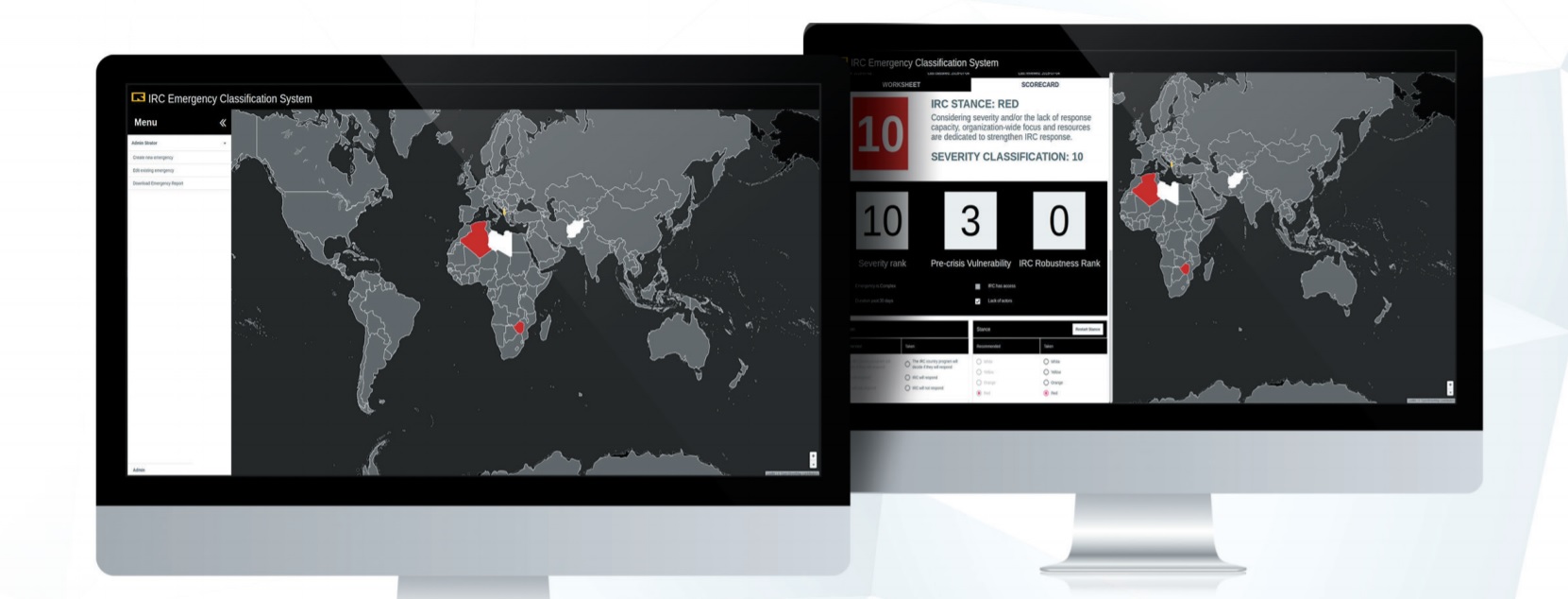
The newly improved looks were enthusiastically received by IRC. The system is now used for classifying emergencies by the IRC management. An algorithm helps in suggesting the best possible approach to an emergency, based on the severity of the emergency and IRC’s ability to act in the region. Thanks to the system, IRC is able to quickly make better judgments on how to react to crisis situations and emergencies around the world.
Technologies used
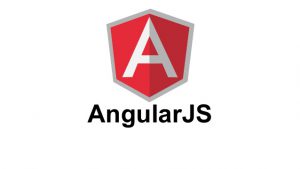





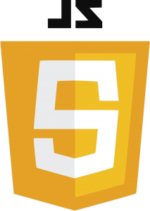
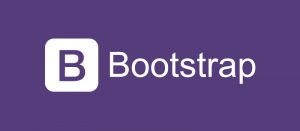
Step four: Providing vital information to refugees
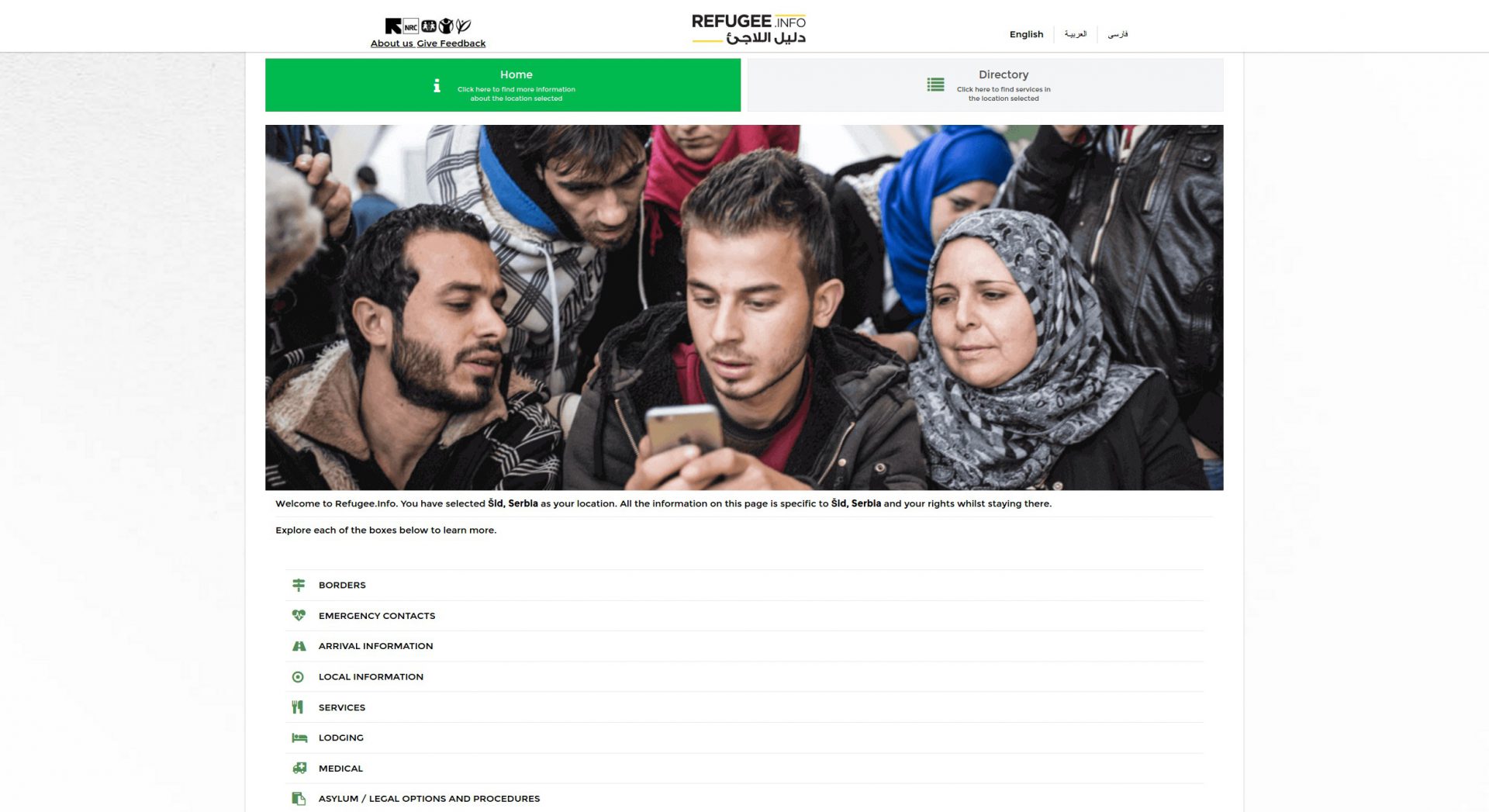
Refugee.info empowers people made vulnerable by man-made crises or natural disasters to address their needs by providing an interactive and accessible platform of accurate and timely resources. During the European migration crisis of 2015, Refugee.info provided critical information for people arriving in Greece and the Balkans, addressing safety, human rights, and immediate location concerns. As the European context changed, so did the focus of the platform. Now its aim is to deliver in-depth procedural, service, and living information, while establishing two-way communications, through which beneficiaries’ voices and stories can be heard.
How we could help:
The Refugee.info platform includes websites, mobile apps, and social media. The team implemented the mobile application for iOS and Android using the cutting-edge mobile technology known as React Native. It was the first project of that kind in our company, and developers learned a lot from this experience. Adaptation to React Native required considerable effort, and we had to figure out the complex build workflow, certification, and release process (using Bitrise).
We implemented the web version of the application, using the Django framework and many front-end technologies like AngularJS, jQuery, Leaflet. It is fully usable and compatible with Android and iOS mobile browsers. The team was also responsible for creating a lightweight version of the application in static HTML.
And what we achieved:
We launched the newest iteration of Refugee.info in the fall of 2016. It’s featuring a redesigned website, a mobile app, and an increased social media presence.
The information provided by Refugee.info reflects the questions and requests received from refugee populations, both online and in-person, and continues to provide refugees with information on vital emergency support and asylum procedures. The service information section added a new user interface that allows refugees to search for information on services in their neighboring areas and plot these services on a map.
The fully-featured, offline-enabled mobile application empowers our clients with a more streamlined experience, supports the mapping of services, and allows for push notifications.
As a result of this successful project we extended our partnership with IRC. We’re now excited to work on many future projects under the umbrella term of Refugee.info. To name a few: Refugee Info CMS v2, alkhadamat.info, Service Provider Portal, Spreadsheet Reader Support for Greece.
Technologies used
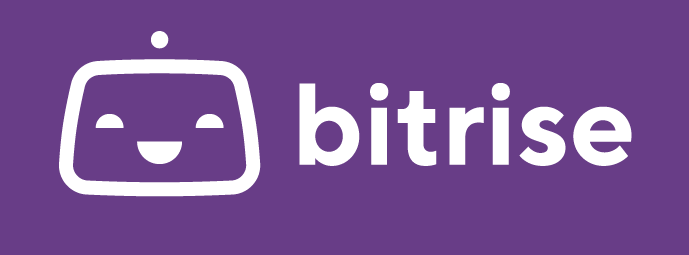


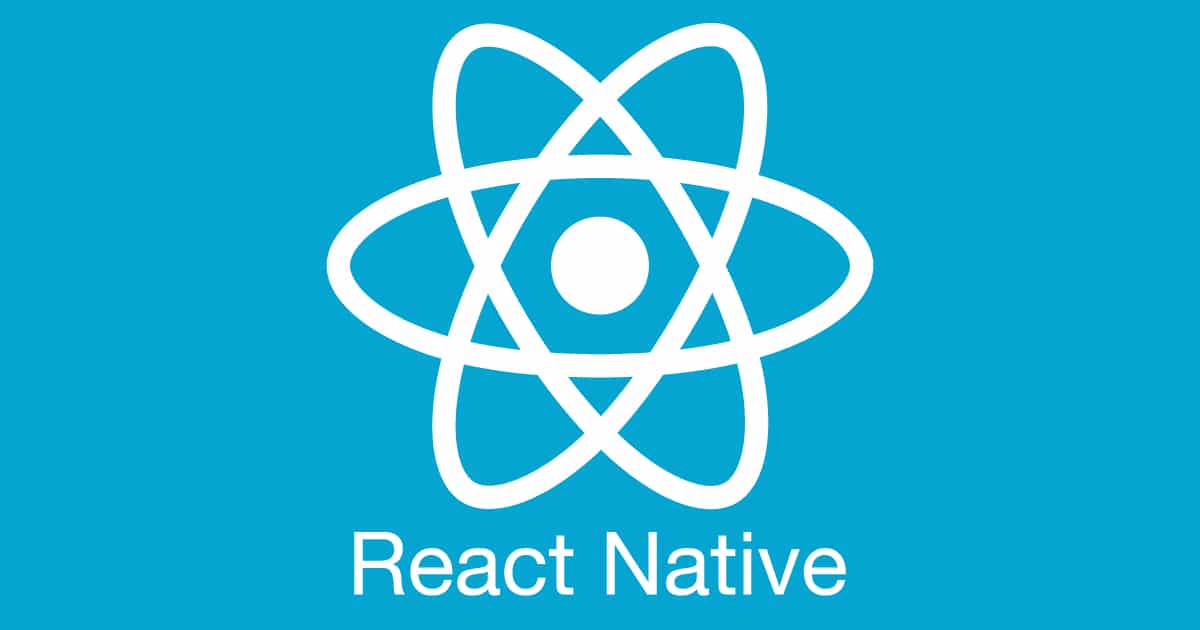
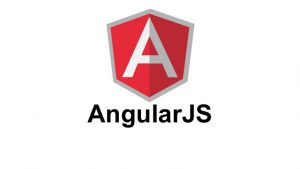
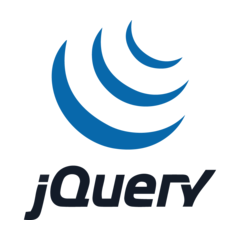
So this is how our journey continues…

If you appreciate what we do and want to join forces with us, please contact us! Together we can make a few more steps to get closer to a better world.
To find more case studies of our wokr you can look here.

